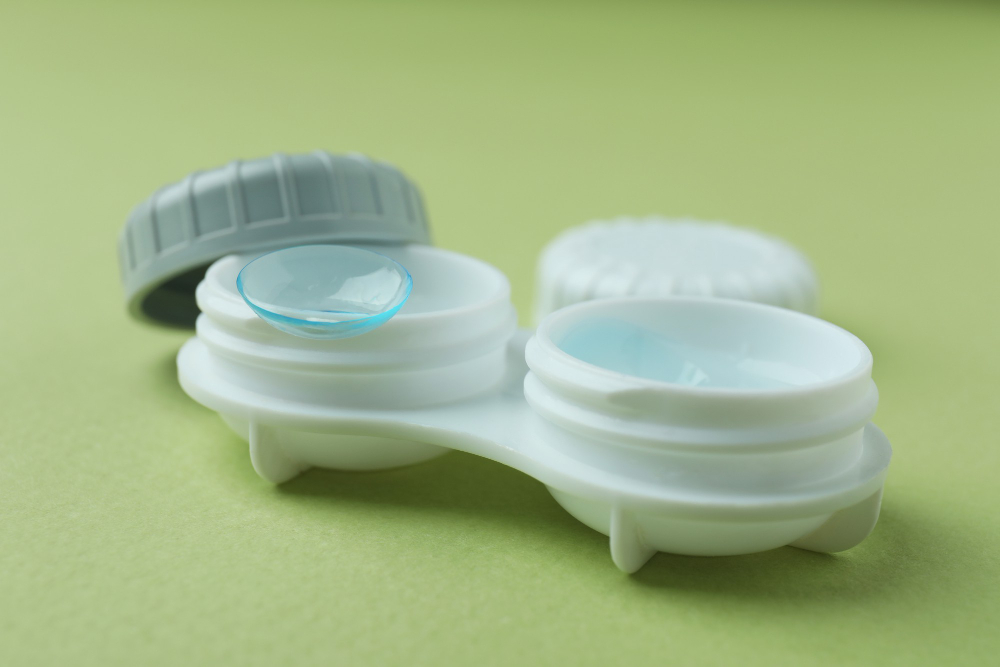Contact lens rehabilitation involves the use of different types of contact lenses to address various visual and ocular conditions. Here's an overview of three types of contact lenses commonly used in rehabilitation:
Soft contact lenses are made of flexible, water-containing materials that conform to the shape of the eye. They are available in a wide range of prescriptions and designs to correct refractive errors such as myopia, hyperopia, astigmatism, and presbyopia. Soft contact lenses are comfortable to wear and are suitable for everyday use. They can be used in cornea rehabilitation, cataract rehabilitation, and myopia management, among other conditions.
Rigid gas permeable (RGP) lenses are made of a firm plastic material that allows oxygen to pass through to the cornea. They provide crisp, clear vision and are often used to correct more complex refractive errors, including high astigmatism, irregular corneas, and post-corneal transplantation. RGP lenses can be used in cornea rehabilitation, cataract rehabilitation, and for individuals who have difficulty achieving good vision with soft lenses.
Scleral contact lenses are large-diameter lenses that vault over the cornea and rest on the sclera (the white part of the eye) without touching the cornea directly. They create a fluid-filled space between the lens and the cornea, providing comfort and improved vision in cases of severe corneal irregularities, keratoconus, corneal scarring, and dry eye syndrome. Scleral lenses can help rehabilitate vision and protect the cornea by providing a smooth optical surface and maintaining a stable tear film.

